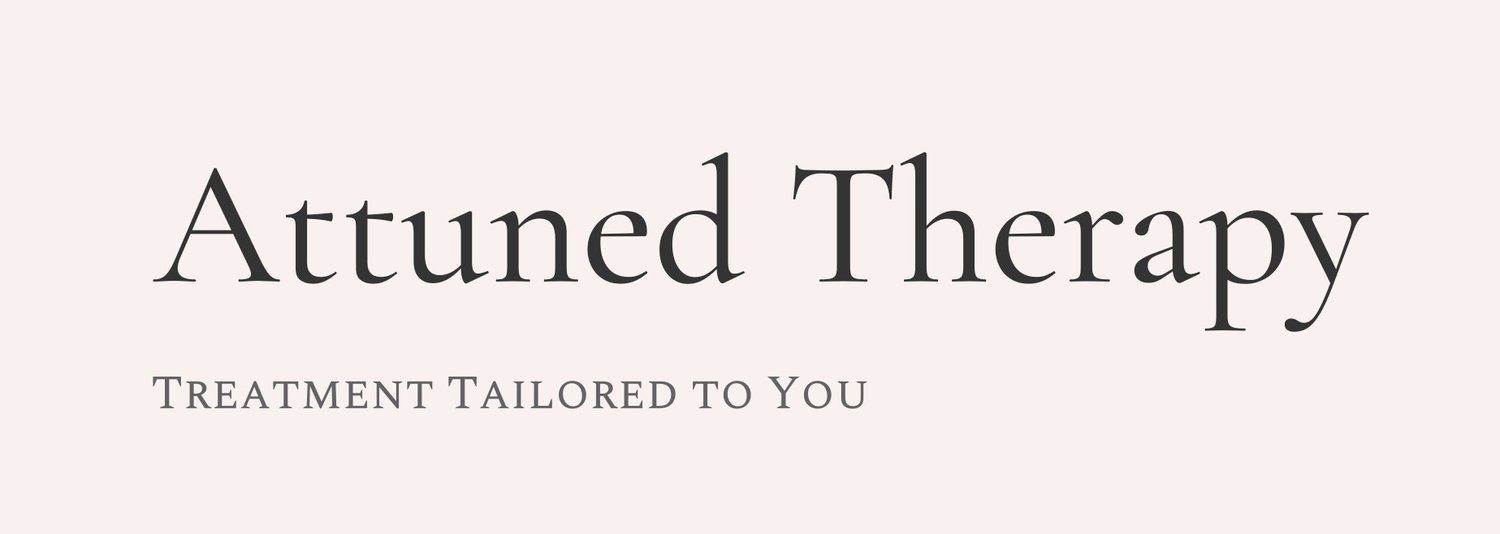Understanding Body Dysmorphic Disorder (BDD) and How to Overcome It
Body Dysmorphic Disorder (BDD) is a psychological condition affects millions of individuals worldwide, causing them to have a distorted perception of their appearance and to fixate on perceived imperfections. Whether you are personally affected by BDD or have a loved one who is, this article will provide valuable insights and guidance on the journey to recovery.


